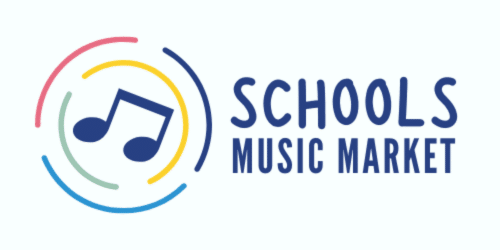Implementing Differentiated Instruction in Music Education: Strategies for Success
Music education embraces the concept of differentiated instruction, an approach that acknowledges the diverse learning styles, interests, and abilities of students and adapts teaching methods accordingly. Since music is an art form open to various interpretations, differentiated instruction becomes particularly crucial in this field. By adopting a differentiated approach, music teachers can foster a sense of delight and significance in music for all students, while maximising their musical abilities and comprehension.
To effectively implement differentiated instruction in music education, educators must be attentive to their students’ needs and interests and establish a flexible learning environment that accommodates various approaches to music-making and learning. Here are some valuable tips to get started:
- Assess individual student needs: Initiate the process by evaluating the musical needs, interests, and abilities of your students. This evaluation can involve formal assessments, such as music aptitude tests or assessments of specific skills and knowledge, as well as informal methods like observation and conversations with students.
- Foster flexible learning activities: Design learning activities that enable students to progress at their own pace, select their preferred learning methods, and explore their personal interests in music. This may entail individualized projects, group activities, or a combination of both.
- Provide a diverse range of resources: Supply students with a variety of materials and resources that facilitate exploration of music through different avenues. This might include sheet music, recordings, videos, software, and other digital resources.
- Empower student choice: Encourage students to make choices regarding their learning activities and materials based on their own needs and interests. Granting students some degree of control over their learning process fosters ownership and motivation to engage with music.
- Utilize flexible grouping: Organize students into different groups that align with their needs and cater to diverse learning styles and approaches. This could involve whole-group instruction, small-group instruction, or individualized instruction, depending on students’ requirements and lesson objectives.
- Provide ample support and feedback: Offer students support and feedback as they engage with music. This support can manifest in the form of individualized instruction, coaching, mentoring, or structured feedback such as assessments and evaluations.
- Continuously evaluate and adapt: Regularly evaluate the effectiveness of your differentiated instruction approach and make adjustments as necessary to better meet the needs of your students. This evaluation process may include collecting data on student learning and performance, surveying students about their experiences and preferences, or making other observations related to student behavior and engagement.
In conclusion, differentiated instruction in music education fosters an inclusive and captivating learning environment for all students. By recognizing the unique needs and abilities of each student and implementing flexible learning activities and resources, teachers can help students discover the joy and significance of music while cultivating their musical skills and understanding to their highest potential.
For resources to support your implementation of differentiated instruction in your music classroom click here to browse the full list.



